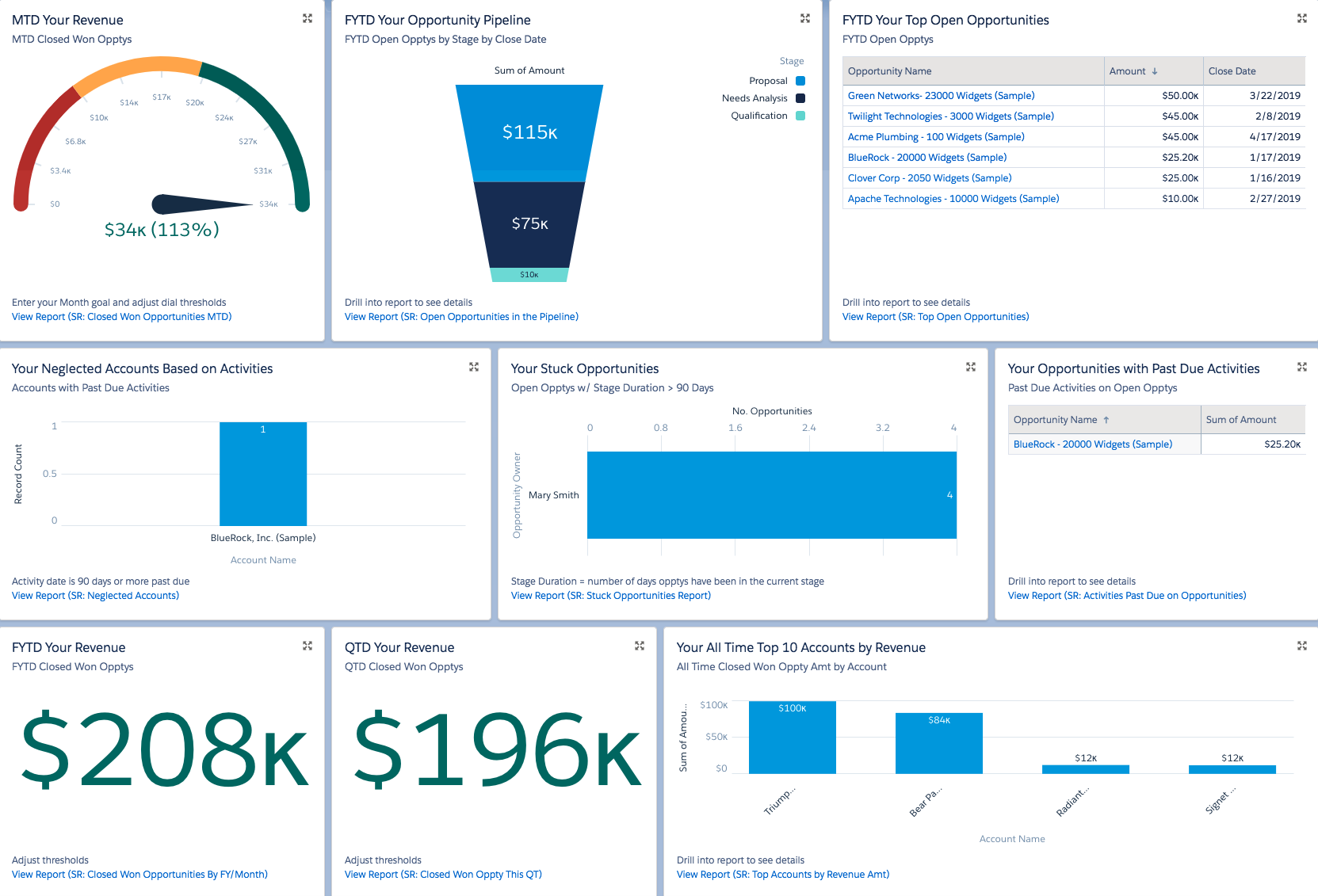The True Cost of Offshore Development
We enjoy optimizing Salesforce systems for large organizations.
Making an IT upgrade can be exciting. We get to see our clients’ happy faces when they receive new functionality that makes their life easier.
Unfortunately, we also get to see the other side - when a client comes to us asking for help with an existing project gone wrong.
Though we feel for clients who find themselves in this situation, we also view it as an opportunity to flex our strongest muscles: teasing problems out of complex systems and solving them with speed and accuracy.
We worked on a multi-million dollar ecommerce project like this recently:
The client sought to develop an enterprise-level ecommerce site as part of a newly launched spinoff brand. They had engaged an outside vendor to do half of the design & development work, with their in-house team completing the rest. However, unexpected pitfalls associated with the vendor’s offshore development team created havoc for this project.
We were working as the client’s deployment and maintenance team at the time, so we expected to have light involvement in this project. Our role was to inspect, launch and maintain the finished code. That changed when at the project end date, the vendor’s offshore development team delivered incomplete and problematic code.
What began as a minor engagement for us, quickly turned into a rescue mission.
Before I get into the story, a brief introduction: We’re Wingate Group, a Salesforce consulting firm that integrates anything and everything Salesforce. We complete custom builds for our clients. One of our specialties is firefighting, which is why the story I’m about to tell you is not uncommon in our line of work.
How did our client find themselves in this situation?
They began a project to transition their ecommerce store from Shopify to Salesforce so their sales data would be more accessible to other teams within the organization. This was in alignment with their data management strategy, which advocated for a 360 degree view of the customer.
Our client had designed a ‘headless’ ecommerce store that used two different systems. This would allow for improved data flow, easy maintenance and a more modern UI. The client’s in-house team would build the front end, and the vendor’s offshore team would build the back end.
The challenge this plan presented was that two separate development teams would be building a single store. It would require close collaboration between the North American in-house team and their offshore collaborators.
Along with increased physical distance come other types of distance that need to be overcome for a project like this to be successful: time zone differences, cultural differences, language barriers, and the increased risk of technical debt appearing after the project launch.
Context is often the missing lynchpin in these scenarios.
Despite a project manager’s best efforts - full awareness of potential problems, along with a complex and sometimes overwhelming project scope can lead to oversights.
That was the case here.
While deeply focused on executing the core project, the offshore team overlooked its compatibility with the existing Salesforce environment. They had elected to develop the store’s backend in partial isolation, in an outdated sandbox that couldn’t replicate the complexity of the system their code would be injected into.
Their distance from the on-the-ground team also meant that their code wasn’t meeting the deployment and maintenance team’s standards for ongoing maintenance.
With the front end finished by the client’s in-house team and the project deadline drawing near, the 13-person offshore team scrambled to deliver finished code. When the project deadline arrived, we received the code. We were asked by our client to inspect and deploy it.
Though we remained hopeful, we watched over and over again as tests demonstrated the offshore code would break Salesforce functionality in other business units within the organization. Not a good look for a spinoff brand trying to gain traction.
We had to break the news to our client. While the in-house development project had been successful, 90% of the offshore team’s backend code, and many of their solutions needed an overhaul. The project was dead in the water.
I’d like to back up for a moment and share that we aren’t quick to criticize another firm’s work - that’s one thing that distinguishes us as a provider. We put honesty and integrity first. In this instance, we worked hard to find the silver lining for our client, but at the end of the day it was a loss. Under 10% of the backend code was salvageable.
So what did we do?
The first step in our approach was to improve communication.
We noticed in handoff meetings that our client consistently complained about delayed communication and broken promises from their offshore contractor.
That magnified the potential for confusion & errors, eroded trust, and in the end, contributed to the problems our client experienced.
We created a communication channel with our client on Microsoft Teams and made sure our responses were lighting fast, and that promises were always kept.
Second, over a 3 month period we redesigned some of the offshore team’s solutions and overhauled the code to ensure it would be system-friendly. We checked our work carefully to understand exactly how each line of code would affect the destination environment to ensure the lowest possible friction upon launch.
Third, we coordinated numerous in-progress demonstrations for the client so they could feel assured and trust that the project was on track. By the end of the first sprint and within two weeks of starting redevelopment, we received overwhelmingly positive feedback from our client’s in-house team.
By month four, the project was back on track and we were completing upgrades and project enhancements at the client’s request.
The final launch was effortless. The client now enjoys a functioning ecommerce website built on the Salesforce platform. This gives our client a company-wide 360 degree view of their customer.
It was the largest deployment in our client’s history, and we were proud to be a part of it.
Though this was initially a painful experience for our client, many lessons were learned. This is a real world example where the cost for Wingate Group to redesign most of the offshore team’s solutions, and rewrite 90% of the code, cost less than half of what the offshore team had billed our client for the incomplete project.
It’s something to consider as you weigh the pros and cons of hiring an offshore vs. onshore team for your next project.
At Wingate Group, we enjoy the challenge and complexity associated with new projects. If you’d like to chat about your next big IT project, our consultants are here to help.









